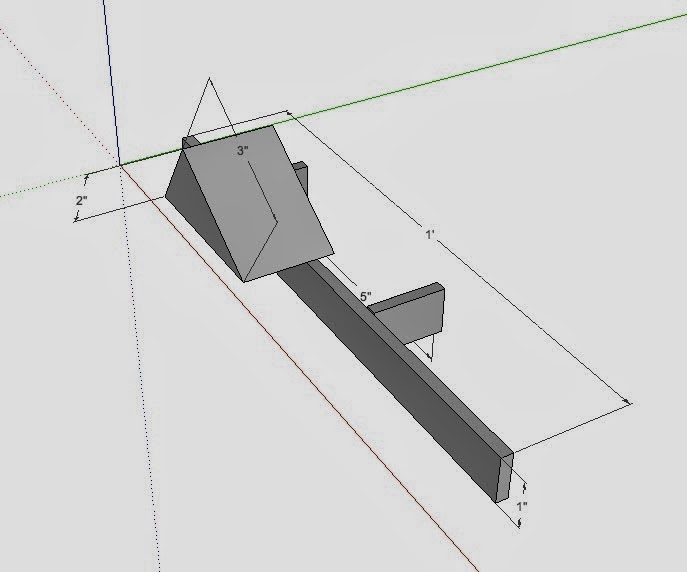When I was lining out a business plan, I got a lot of things wrong. It didn’t help that I had never taken a business course although I had been working in a business for all my adult life.
One of the things I misjudged was the advertising aspect. I could see that a website was probably essential the way the web was growing so I got that going. If I were doing it today I would make it a lot simpler.
I felt we needed listing in the phone directories. That never helped in my type of business, though it has its place. I had business cards printed but never paid for any other advertising.
Thankfully, I didn’t get signage painted on my truck and just settled for a license plate which might stir someone’s interest. Over the years only one person has seen it and asked me If I did blacksmithing.
With experience, I realized that nothing sells work better than the work. It’s something like saying, “Nothing succeeds like success.” One of the best ways I found to do that was to donate things to worthy local causes, Friends of This or That. Of course, no money comes directly from that but it helps the community and builds credibility and can lead to some commissions.
Most commission work is of the high-end nature, low volume but nice jobs and satisfied clients are good at work-of-mouth advertising. For steady sales the gallery works well but the lower the price the more the items will sell. A lot of buyers are travelers with limited space, so that’s a consideration too. My impression is that, with ironwork, items offered should generally be under $300. That also assures they won’t be very large.
When I got the original “vanity plate” it was a small education. First, I had to pay for a standard plate so I could legally drive the truck until the new plate was made and of course there would be an additional charge, and trip to pick it up, when it arrived. The original plate read, IRONART. When I was required to get my new 2011 plate, I was informed I would have to pick another spelling because someone in the state already was using, IRONART. I suspected that person was me but I’ve pretty much given up fighting the law so I applied for ARTIRON and moved on. Given more time to think I probably would have just requested a standard plate
.











































